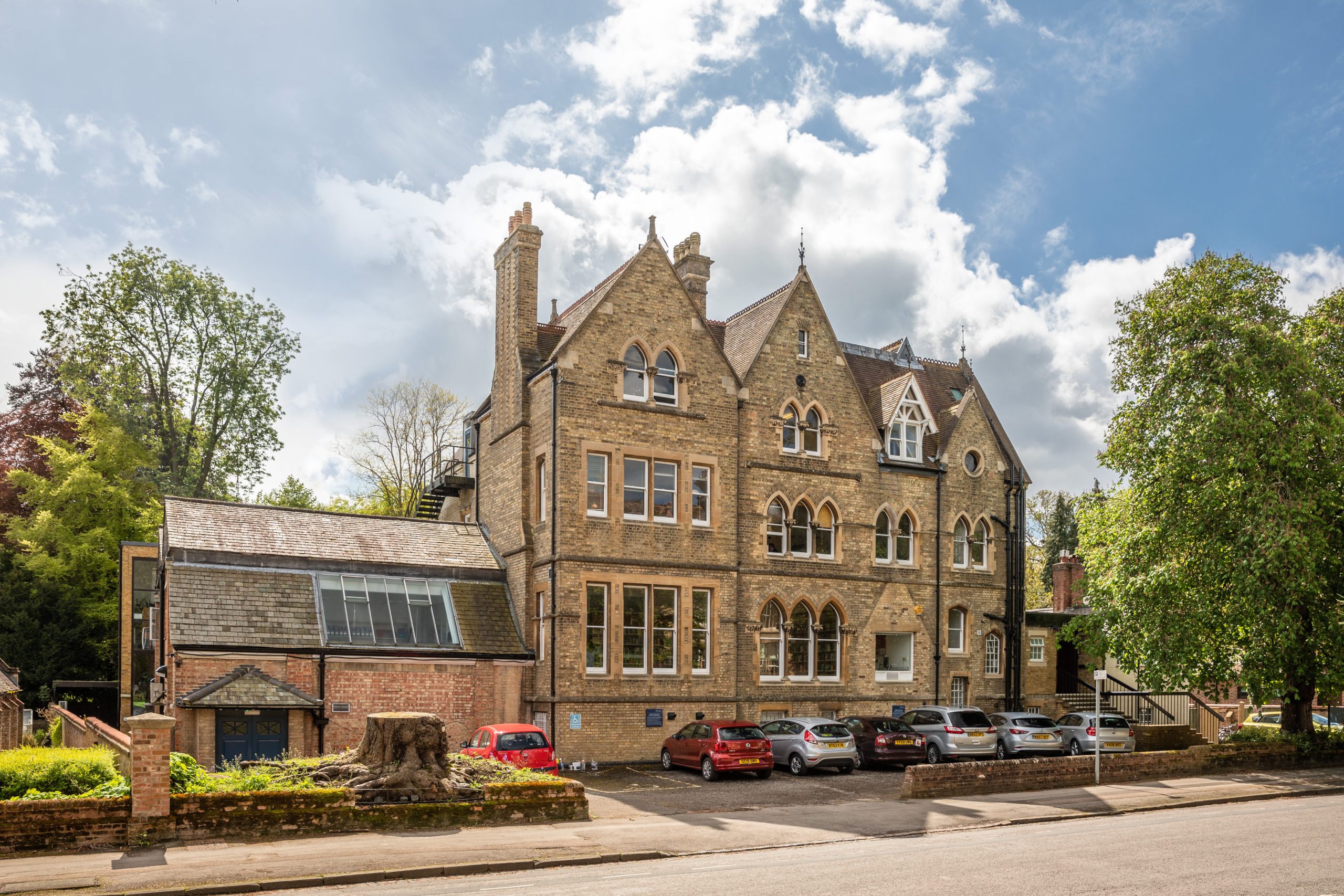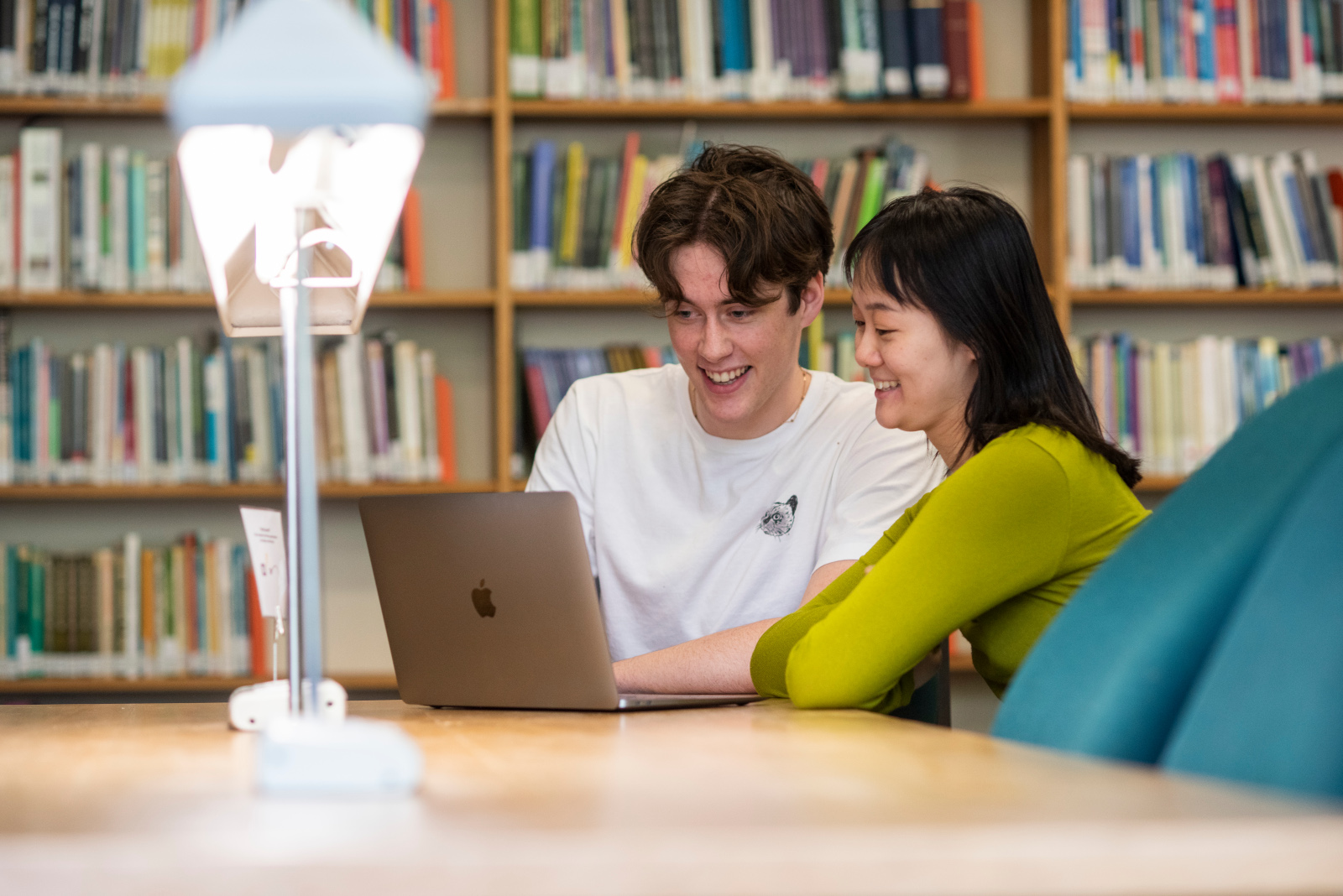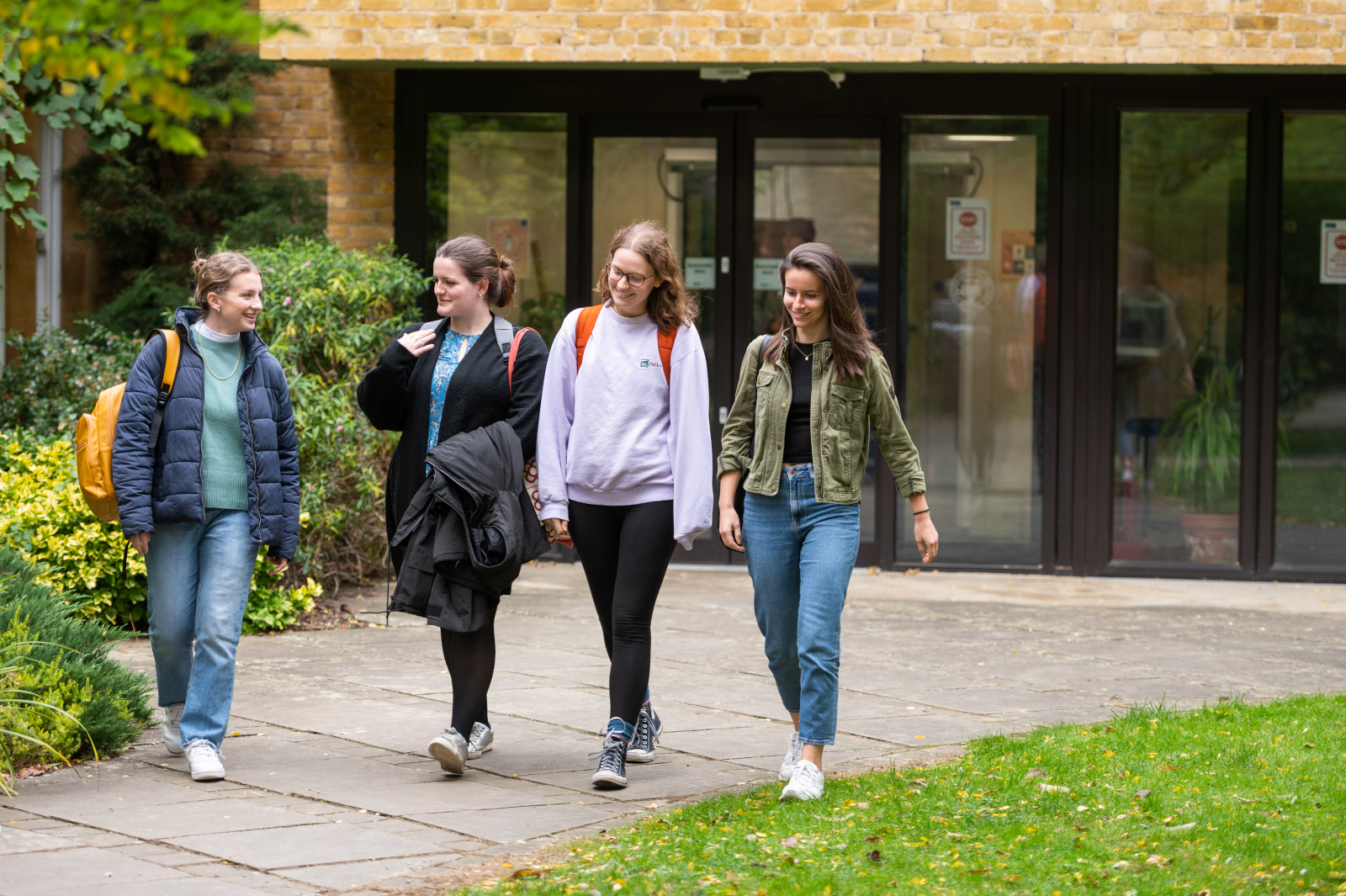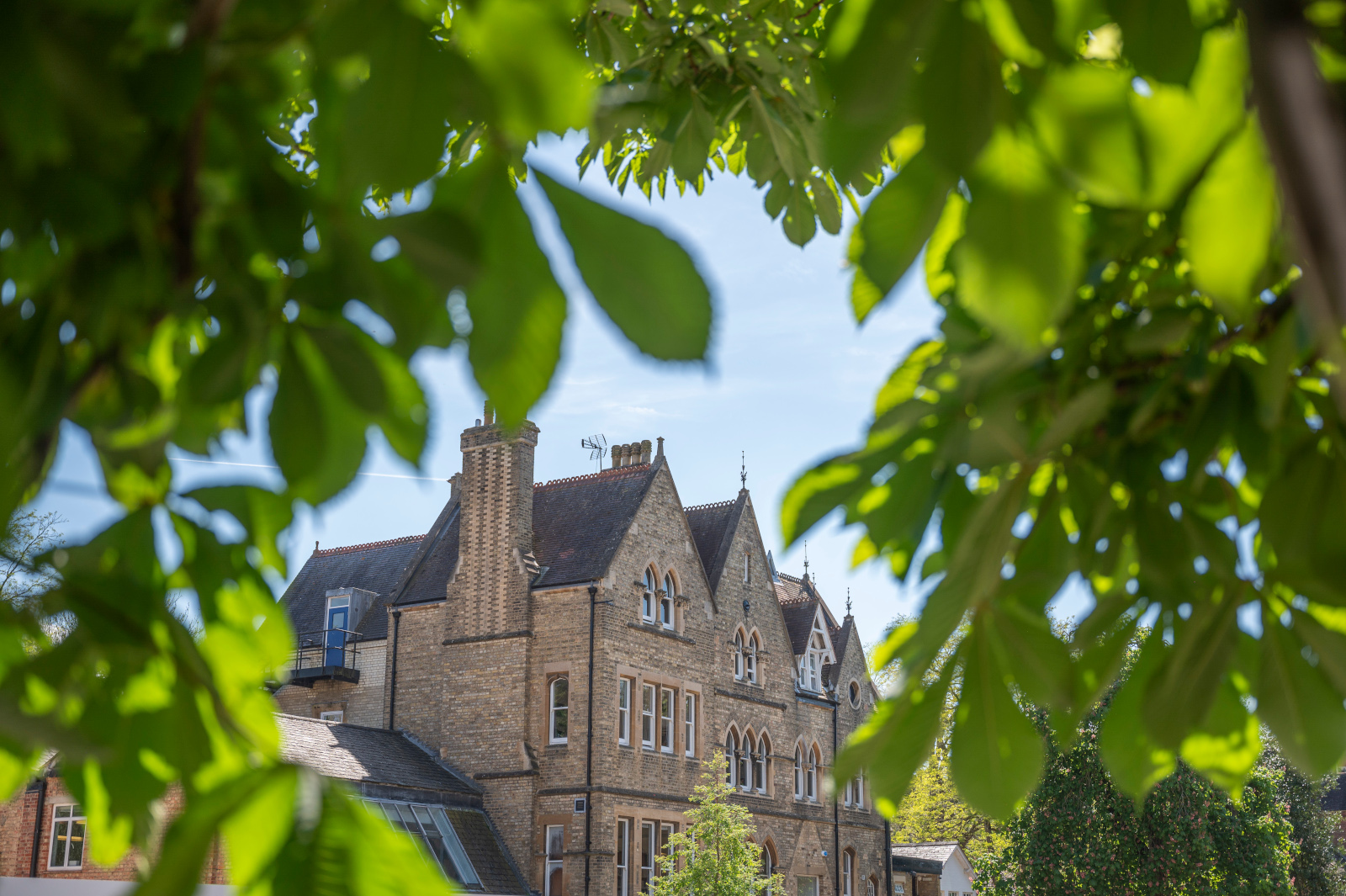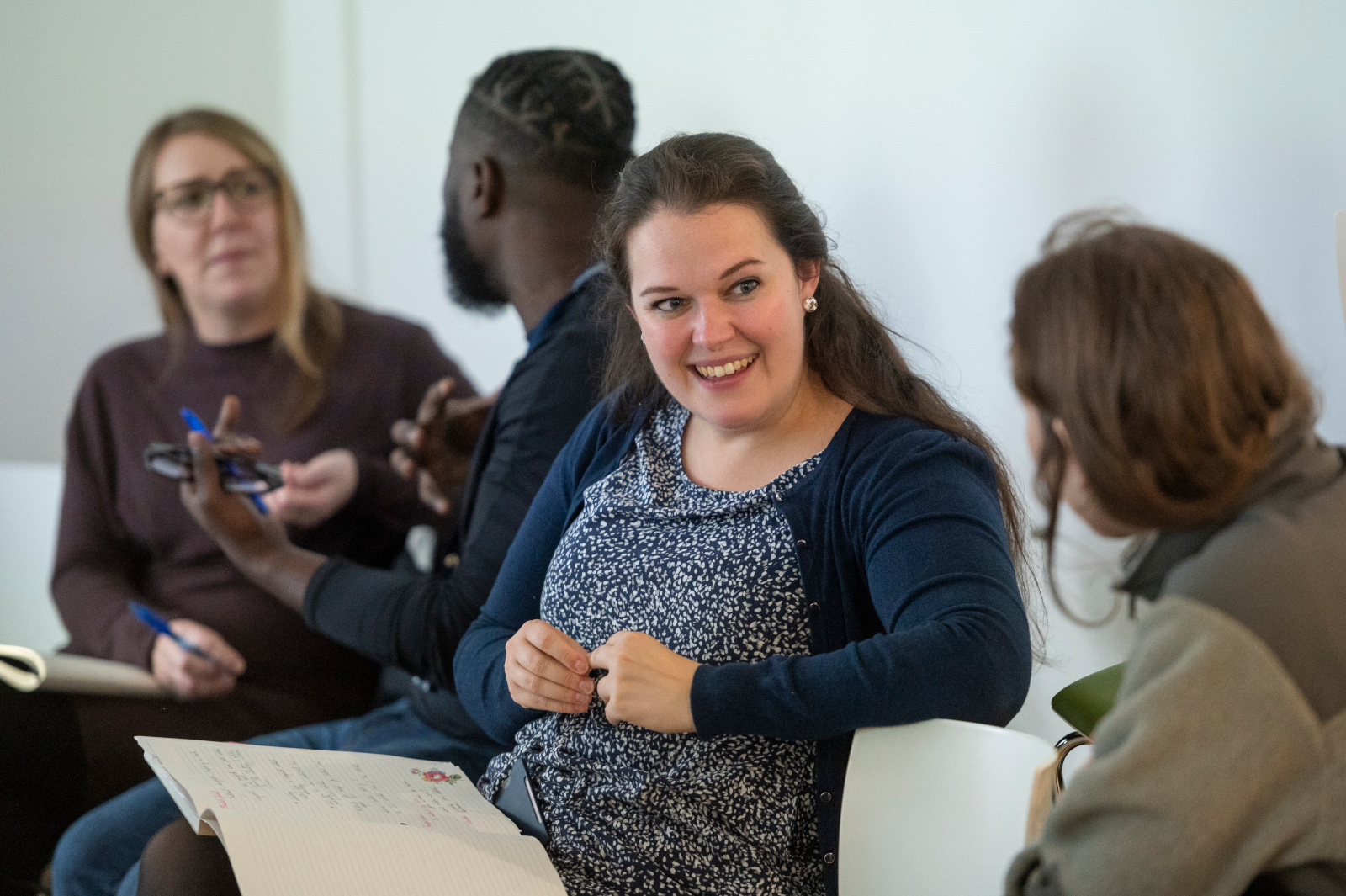EARLI EFG Physical Activity and Rest Conference
Export to calendarBio
This conference is part of the EARLI and Johan Jacobs Foundation Emerging Fields Group (EFG) seminar series “The potential of biophysiology for understanding learning and teaching experiences” (BioL&T) organised by Lars-Erik Malmberg (Department of Education, University of Oxford, UK), Tim Mainhard (Utrecht University, The Netherlands), Eija Pakarinen (Univeristy of Jyväskylä, Finland), Lucia Mason, Sara Scrimin (Univeristy of Padova, Italy), Andrew Martin, and Joel Pearson (University of New South Wales, Australia).
The group welcome all to attend its second annual conference, which will held in Oxford and hosted by the Department of Education.
Register by 29 May to attend. Download the registration form here.
Preliminary Programme
09.30 Arrival and registration (tea/coffee)
10.00 Welcome
10.15 – 11.00 Keynote: Vincent van Hees (Measurement of physical activity and rest using R-package GGIR)
11.00 – 12.00 Keynote: Visajaani Salonen and Elina Ketonen (From raw biosignal data to user friendly data for experience sampling studies)
12.00 – 13.00 Lunch and poster presentations
13.00 – 14.30 Breakout groups around poster themes
14.30 – 15.00 Coffee/tea break
15.00 – 15.45 Keynote: Helen Dawes and Patrick Esser (Objective measurements of physical activity in adolesecnts – a recent UK example in ~10K students)
16.00 – 17.00 Discussions/additional commentary/short talks
17.00 – 18.00 Drinks & nibbles
For further information please get in touch with charlotte.trevillion@education.ox.ac.uk or lars-erik.malmberg@education.ox.ac.uk
Abstracts
Vincent van Hees: Measurement of physical activity and rest using R-package GGIR
The emergence of raw data accelerometry in research has provided the opportunity to collaborate more easily across research disciplines. However, the raw data collection also introduced a need for effective tools to process this kind of data. In this talk I will present R package GGIR and present an overview of how it works and motivate the main decisions that were made. I will cover: error reduction, decisions on how to aggregate the data, meaningful segmentation of the time series, and the sustainability of open source software tools like GGIR.
Elina Ketonen & Visajaani Salonen: From raw biosignal data to user friendly data for experience sampling studies
Data processing is an important part of studies dealing with biophysiological sensors (e.g., activity/gravity, heart rate). Depending on the set frequency (Hz) of the sensors, we accumulate large amounts of raw data (e.g., 100 Hz gives 100 reports per second). For commercial products the raw data contains little or no information about how to process the data, as such algorithms can be protected by business secrecy. Visajaani Salonen’s task as a methodology specialist is to manipulate raw-signals or company manipulated data into an aggregated format to preserve as much information as possible about the participant and his or her activity or heart rate. In this presentation we describe how we collect, manage and process biosignal data to link with experience sampling method (ESM) data in the “Bridging the GAPS “study carried out at the University of Helsinki. In total 139 Finnish secondary school students participated in the study, for two weeks.
We processed biophysiological data from Polar activity bracelets and FirstBeat health-monitoring sensors (two sensors applied to the chest). The Polar bracelet produces aggregated activity/sleep data in the form of Metabolic Equivalent of Task (MET) values for 30 second intervals. The FirstBeat health-monitoring device produces one-second interval data for heart rate and many additional variables pre-calculated from heart rate variability. FirstBeat also produces a list of RR intervals (intervals between successive heartbeats), serving information about participants’ level of stress and recovery. Data from both devices need to be aggregated into longer epochs in order to achieve a more reliable description of states of heart rate or activity.
An interesting, and largely unknown challenge is within which time-window we can merge self-reports from experience sampling with aggregated biophysiological measure. Would it be the experience (e.g., positive emotions at Time T) associated with a certain level of activity within a time-window that is five minutes wider (± 5 min) than the self-report, or would ± 10 min or ± 15 min be reasonable? In addition, what is the most efficient data analytic method to do this? We compare several data processing methods, for example time interval mean, standard deviation, Gaussian meaning [Costa, 2012], nonlinear dynamics [Voss, 2009] and continuous time-modeling [Voelke, 2012]) for aggregating physiological data to match the ESM time points. These procedures are possible to carry out using the R-statistical programming language. The testing of the different data-processing options as well as some preliminary empirical findings regarding biophysiological correlates of students’ self-reported experiences are presented in the seminar.
Helen Dawes & Patrick Esser Objective measurements of Physical Activity in adolescents – a recent UK example in ~10K students
Current society is moving less and less, resulting in reduced fitness levels leading to detrimental health status as visible from increased obesity rates. Recent reports have shown that 1 in 5 pupils in reception are overweight or obese. By year six, this has increased to ~35% of pupils making the UK one of the most obese and least fit countries in the world. The Government’s Childhood Obesity Plan for Action (2016) calls for the education and encouragement of healthy living and promotes the minimum of an hour of physical activity (PA) per day. However, children and adolescents are meeting these recommendations only in 18-27%.
Within this session, we highlight subjective and objective measurements of PA ranging from self-report diaries to the emerging trend of using wrist-worn accelerometers. We will discuss a novel analysis pipeline of PA, in addition to providing examples of applications within studies assessing (the lack of) PA in physical education classes in 100+ schools (~10,000 students) within the UK.
About the Speakers
Professor Vincent van Hees, Netherlands eScience Center
The central theme of Vincent’s work has been the development of algorithms to process data from wearable movement sensors as used for population research on human behaviour, including sleep and physical activity. Vincent holds a PhD in Epidemiology from the University of Cambridge after which he did a post-doc at Newcastle University. At the Netherlands eScience Center, Vincent’s current focus is on novel approaches for time series and sensor data analysis. Vincent translated his expertise in an open source R package GGIR (vignette, github), which has so far been used in over 60 peer-reviewed publications.
Dr Elina Ketonen & Visajaani Salonen, University of Helsinki, Finland
Elina Ketonen is postdoctoral researcher in Educational Psychology at the Faculty of Educational Sciences, University of Helsinki, Finland. Currently, Elina Ketonen is a Visiting Postdoctoral Research Fellow at the Department of Education, University of Oxford. She has used both cross-sectional, longitudinal and experience sampling datasets in her research and a wide variety of statistical methods, such as variable- and person-oriented approaches, multilevel modelling and intraindividual analyses. Most recently, she has started to examine the biophysiological correlates of students’ self-reported experiences by combining biosignal data with experience sampling data.
Visajaani is as a mathematics teacher in a comprehensive school and a vocational school. He is currently working as a project planner (methodology specialist) in the Centre for Education Assessment as part of the Faculty of Educational Sciences in the University of Helsinki. His focus in the Mathrack-project is to assist in data collection and handle technical equipment. The third project, mainly concerning physiological data analysis, is Bridging the GAPS-study lead by Katariina Salmela-Aro and Kirsti Lonka. His other specialities are also general data processing, item response modelling and statistical analysis. Visajaani is a PhD student supervised by Markku Hannula. The PhD research is concerning modelling problems for nationally large datasets from different decades.
Professor Helen Dawes and Dr Patrick Esser, University of Oxford Brookes
Helen Dawes and Patrick Esser are active researchers in the centre for Movement, Occupation and Rehabilitation Sciences (MORES) at Oxford Brookes University. Dr Esser is a data scientist with a background in engineering, specifically looking at measurements of movement quality and quantity. He and his team are developing measures of Physical Activity based on accelerometry measurements, which can be used in both adults and paediatric populations. Prof Dawes, director and physiotherapist, is internationally renowned for running clinical exercise trials in both adult and paediatric populations with and without underlying conditions. She has recently conducted a study investigating physical activity, or lack thereof, in adolescents in mainstream schools across the UK in collaboration with the Wellcome Centre for Integrative Neuroimaging at the University of Oxford. More information can be found on the MORES website.
ABOUT THE DEPARTMENT OF EDUCATION
In 2019, the University of Oxford’s Department of Education celebrates the 100th year since the passing of a statute creating what was known in 1919 as the University Department for the Training of Teachers. To celebrate our centenary a year-long series of activities will be delivered to address some of the department’s top initiatives for 2019, answer some of the big questions facing education today and to reveal the advancements the department has made to the study of and research in the field of education. Join us as we mark our 100th year and discover more about our anniversary here.
To receive more event details from the Department of Education, join our mailing list.

